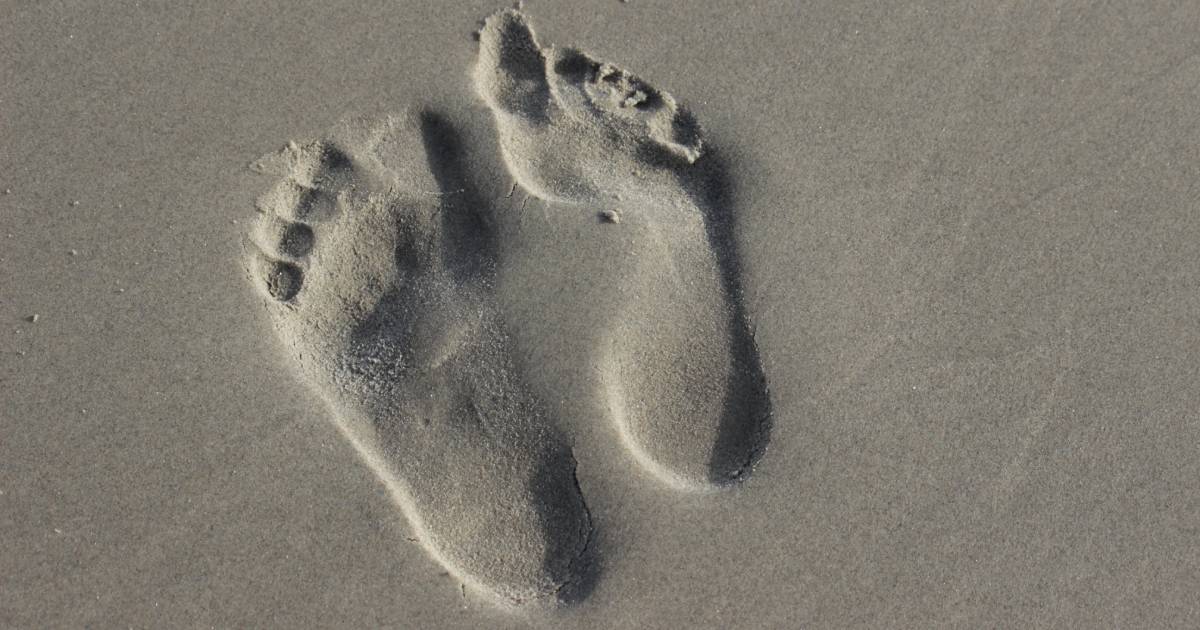
Overview
The foot arch is characterised as an area that stretches along the base of your toes to your heel. It is responsible for:
- Supporting body weight
- Propulsion
- Shock absorption
- Stabilising movement
- Balance
What’s Your Arch Type?
The three main arch types are low arch (pes planus), neutral arch (pes rectus), and high arch (pes cavus). The easiest method to identify your arch profile is by looking at your footprints on a piece of paper:
- Get your feet wet
- Stand on a piece of paper on a flat surface so that your footprint will show up
- Check your imprints
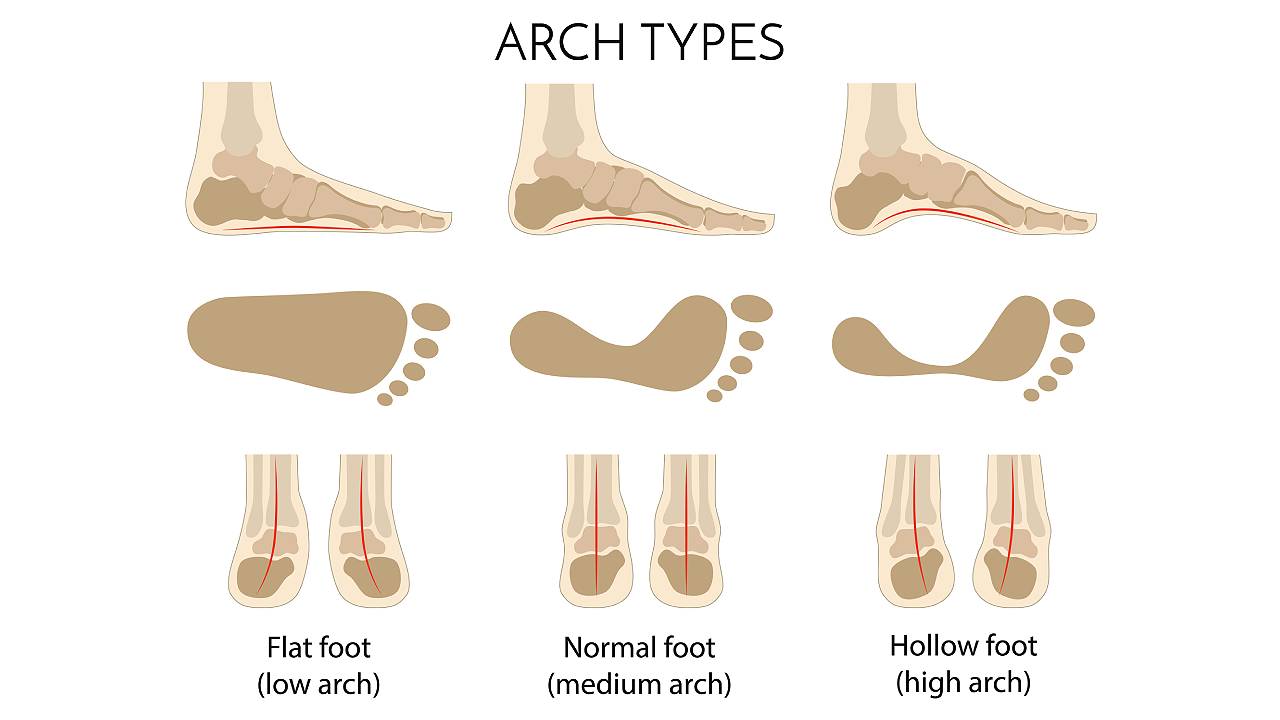
- Low arch: Footprint looks like a complete foot
- Neutral arch: Middle part of your arch is filled about halfway
- High arch: If the middle of your footprint is missing, or you can barely see it
All arch types have their strengths and weaknesses, and the same condition can affect each foot type differently. Therefore, it is important to know which conditions are most associated with which arch type.
What Should I Expect With a Low Arch Type?
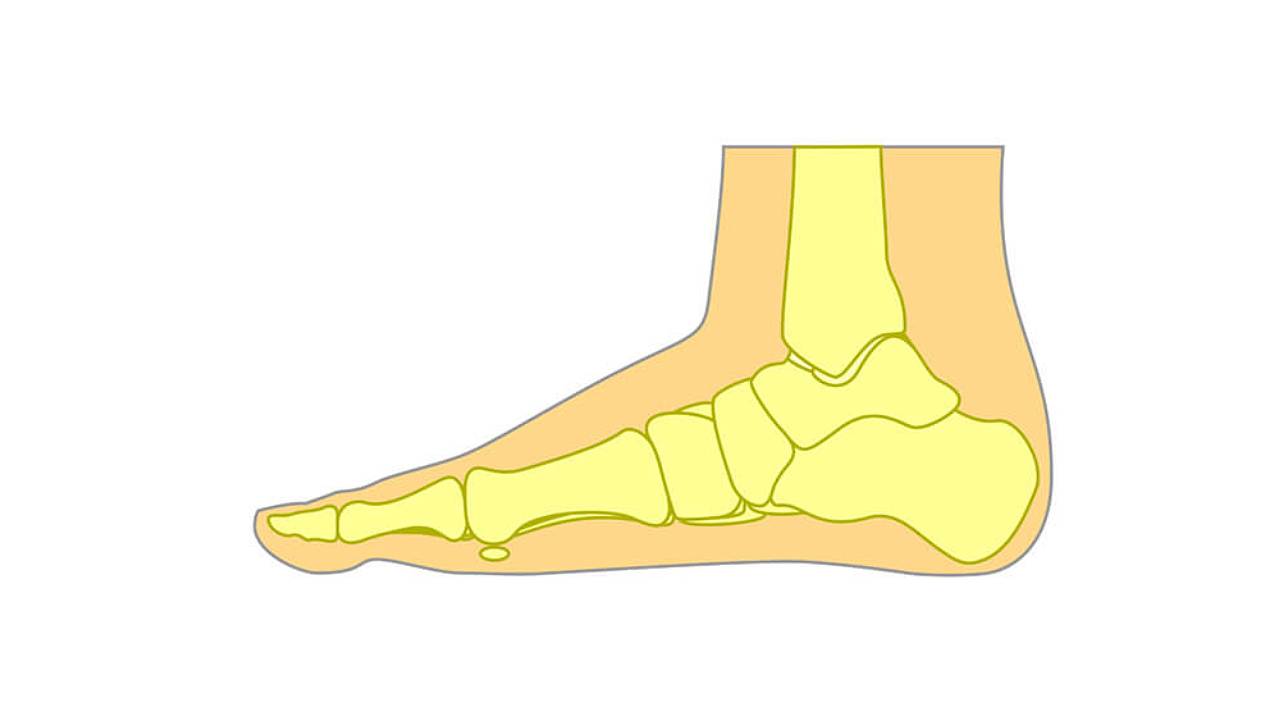
The low arch profile, or “flat feet”, is one of the most common arch types amongst individuals of Asian descent. In general, babies are often born with flat feet due to the flexible nature of their cartilaginous bones and joints. This is a natural part of their development and most should start to develop arches as they grow older. Adult acquired flat foot deformity can also occur as one ages, as the arches start to lower due to ligaments and tendons becoming weaker over time.
There are two types of flatfoot:
- Rigid – Where the arch of the foot remains flat no matter what position the foot is in
- Flexible – Where the arches are normal when sitting or no pressure is applied to the feet but collapse when standing
Flat feet are characterised by excessive pronation of the rear-foot and mid-foot, resulting in a lowered, or loss of foot, arch. Although not a problem in itself, this can change the alignment of your lower limbs significantly, and result in conditions that can cause foot, ankle, knee, hip or even lower back pain.
Common Foot Problems Associated With Low Arch Feet
| Condition | Symptoms |
|---|---|
Plantar fasciitisToo much pressure on the plantar fascia, a band of tissue that connects the heel to the front of the foot and acts as a shock absorber, can result in pain and inflammation. This is commonly caused by overuse and stress due to sports or the repetition of a particular activity or similar action. |
|
Posterior tibial tendon dysfunction (PTTD)The Tibialis Posterior tendon is one of the major supporting structures of the lower leg. The weakening of this tendon due to overuse or an acute injury can result in a decreased ability to support the arch during movement. |
|
Plantar plate injuryThe plantar plate is a thin structure under the metatarsal joints of the foot that helps with the support and protection of the toe joints during movement. Repetitive tension to this area can result in a tear or injury, impacting the second toe in particular. |
|
Bunions (Hallux Abducto Valgus)A bunion forms when there is a deviation of the big toe towards the others. This can occur due to genetics, structural issues with the musculoskeletal structure or pressure from wearing poorly fitted shoes, causing the structure of the bone at the big toe joint to change over time. If this condition is neglected, it can increase in severity and may even cause the big toe to be overlapped by the second. |
|
What Should I Expect With a Neutral Arch Type?
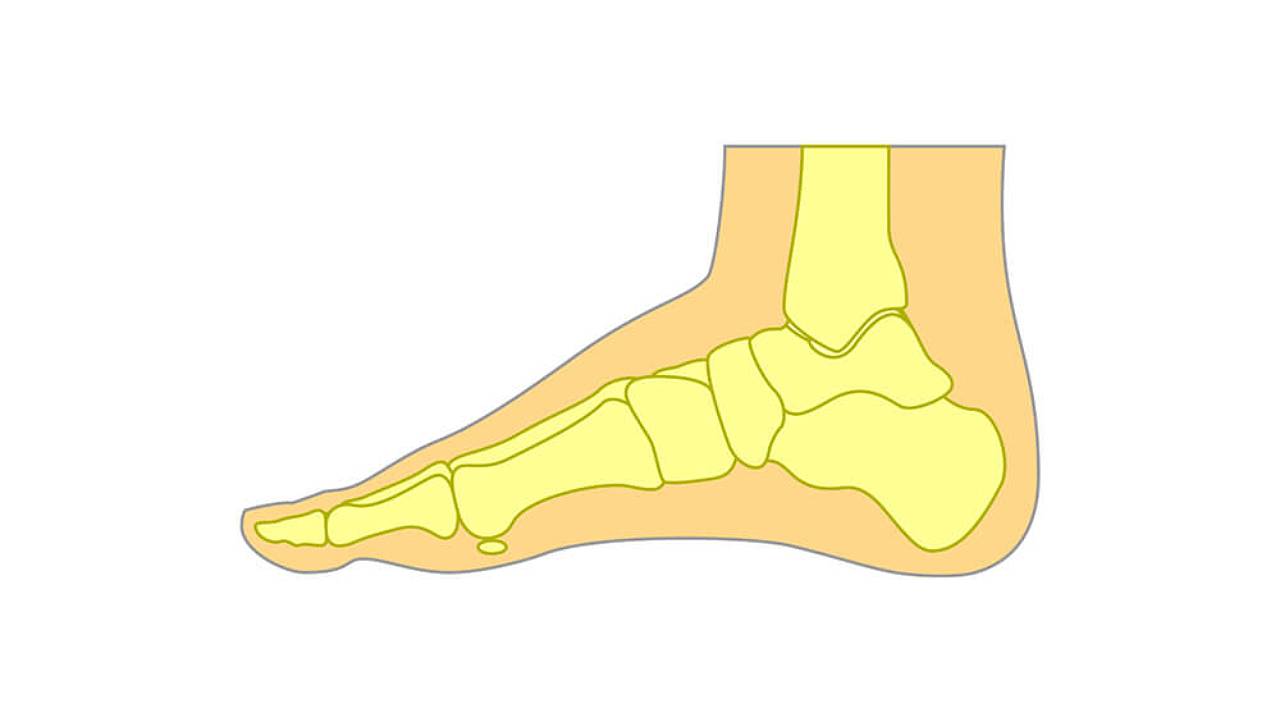
Individuals with neutral arches are at a lower risk of developing problems as compared to the other arch types. Foot conditions of this arch type usually arise due to overuse or unaddressed trauma.
Common Foot Problems Associated With Neutral Arch Feet
| Condition | Symptoms |
|---|---|
Plantar fasciitisToo much pressure on the plantar fascia, a band of tissue that connects the heel to the front of the foot and acts as a shock absorber, can result in pain and inflammation. Plantar fasciitis in this arch type typically occurs due to overuse or other underlying biomechanical factors. |
|
Posterior tibial tendon dysfunction (PTTD)PTTD occurs due to the weakening of the Tibialis Posterior tendon, one of the major supporting structures of the lower leg, as well as the failure of the ligaments around the foot and ankle. This often occurs due to a sudden increase in activity and can lead to the progressive flattening of the foot arch (adult-acquired flat foot deformity) if left unaddressed. |
|
Chronic ankle sprainUsually presents due to a history of multiple ankle sprains or a single bad ankle sprain. This can be caused by biomechanical abnormalities or other chronic conditions and result in ankle arthritis if left unaddressed. |
|
Mid-foot osteoarthritisGenerally occurs as a result of overuse or past trauma, and can severely impact mobility and function. A degenerative condition, mid-foot osteoarthritis causes cartilage in the joints to be worn away, resulting in bone rubbing on bone and painful bone spurs. |
|
What Should I Expect With a High Arch Type?
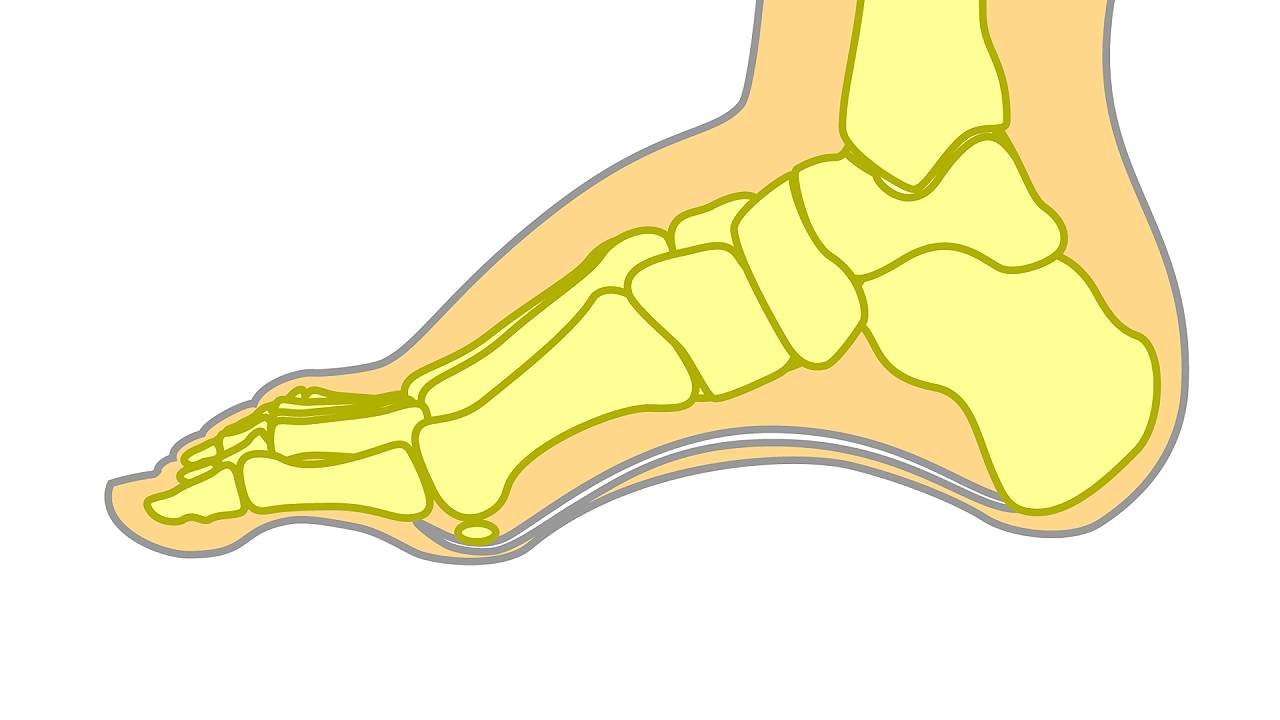
This arch type is characterised by a lack of pronation from the rear-foot and mid-foot, resulting in a supinated (outward-leaning) foot. Individuals with a high arch typically have poor shock absorption and ankle stability, and are at a higher risk of developing various lower limb conditions.
Common Foot Problems Associated With High Arch Feet
| Condition | Symptoms |
|---|---|
Plantar fasciitisToo much pressure on the plantar fascia, a band of tissue that connects the heel to the front of the foot and acts as a shock absorber, can result in pain and inflammation. Plantar fasciitis in this arch type typically occurs as a result of poor shock absorption or underlying biomechanical factors. |
|
Plantar plate injuryThe plantar plate is a thin structure under the metatarsal joints of the foot that helps with the support and protection of the toe joints during movement. Repetitive tension to this area can result in a tear or injury that typically impacts the second toe. Plantar plate injuries in this arch type generally present as pain in the forefoot. |
|
Lateral ankle instabilityUsually presents as an unstable ankle that is easily sprained, with a history of chronic ankle sprains. Can lead to ankle arthritis if left unaddressed. |
|
Peroneal tendinopathypodThis condition is generally characterised by pain on the back of the ankle that is typically caused by overuse of the peroneal tendon or an acute injury. It can lead to ankle instability and mobility issues if neglected. |
|
Dorsal midfoot interosseous compression syndromeDue to how a high arch foot is structured, bones at the top of the foot are forced closer together as the arch flattens during movement. This repetitive trauma and the compression of tissues causes pain, and can develop into mid-foot arthritis if left unaddressed. |
|
Care Options
An early diagnosis is key to a successful procedure; preventing the progression of conditions and reducing reliance on more drastic procedures like surgery.
Support
A thorough musculoskeletal assessment and physical examination are conducted by a podiatrist so a proper clinical diagnosis can be derived. Non-invasive custom medical devices may be prescribed for relief from foot problems and added structural support to halt the progression of conditions.
Customised Foot Orthotics
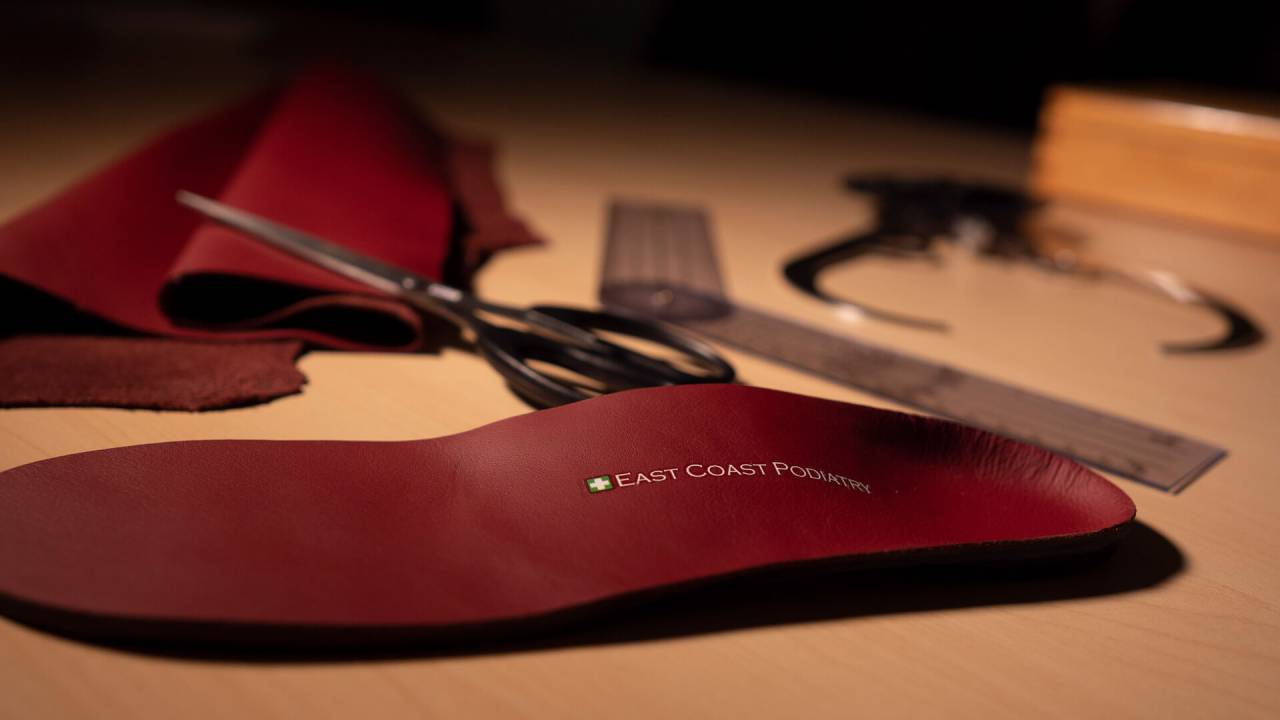
Foot orthotics are custom made to contour to your arches and foot shape to reduce the amount of pressure placed on them during movement. This increases shock absorption and promotes the redistribution of weight on the arches to correct your overall gait.
Ankle Foot Orthotic (AFO)
AFOs are similar to normal foot orthotics in their function but extend further up the leg to the ankle for added support and stability. They work by compensating for lower limb movement by stabilising painful joints and relieving pressure on the arches. Originally designed to stabilise the ankle during sports such as American football, these devices are robust and provide adequate support to offload most ankle problems.
Prescription orthotics are custom made for each patient and will differ in their intended uses depending on the arch type. They may feel uncomfortable at first but breaking them in properly will ensure that your foot structure will adjust to the desired form for maximum results.
Extracorporeal Shockwave Therapy (ESWT)
Non-invasive low-intensity shockwaves are used to manage pain and address musculoskeletal problems. These bursts of energy help to promote cell regeneration and reparation, accelerating the overall rate of tissue repair. A significant difference can often be felt immediately after the first session.
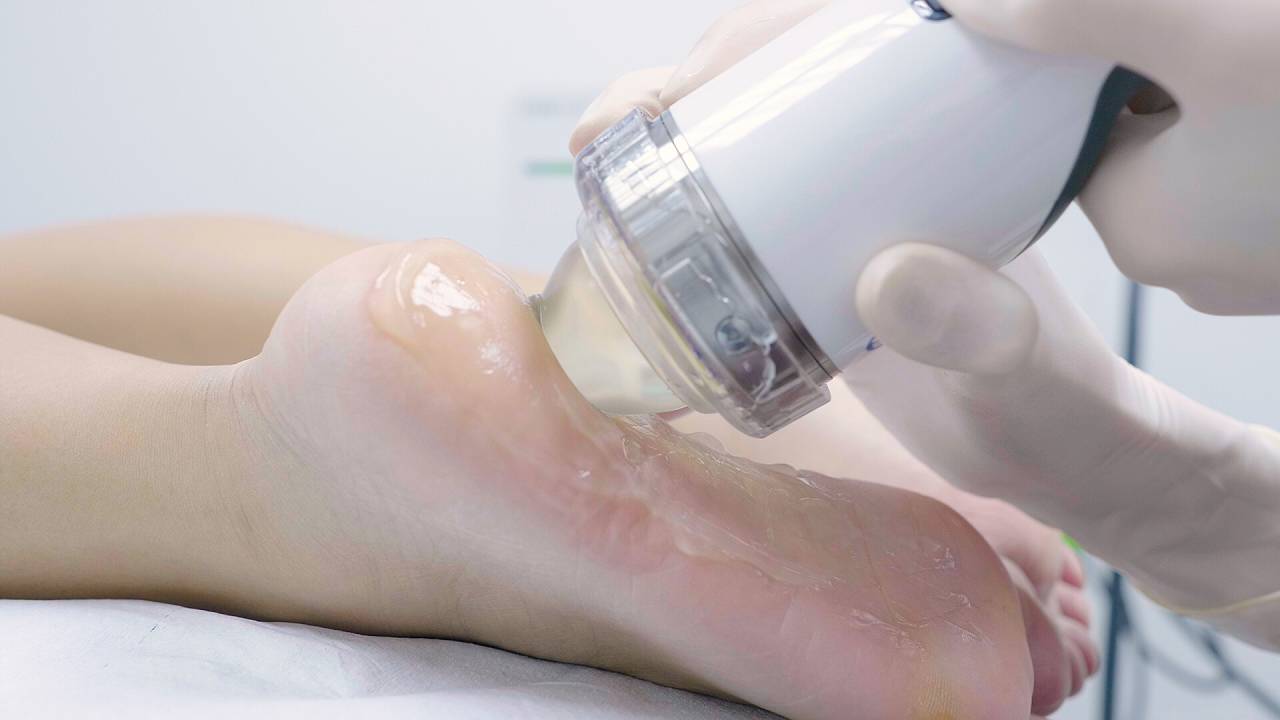
-
Radial
Radial shockwave is used to address conditions that occur in broad superficial areas close to the skin. Pressure waves impact the skin surface at its source and are weakened as they travel, spreading out to the targeted tissues.
-
Focused
Focused shockwave utilises a fast impulse, concentrated beam that boasts precision and deeper penetration to target a small affected area. This is successful at targeting specific tissues on a deeper level that may be closer to the bone without much energy dispersal.
The form of shockwave therapy prescribed is dependent on the type of condition it is required for. In many situations, both forms may be used to effectively target superficial areas and deeper tissues where the site of injury is located.
EMTT and SIS
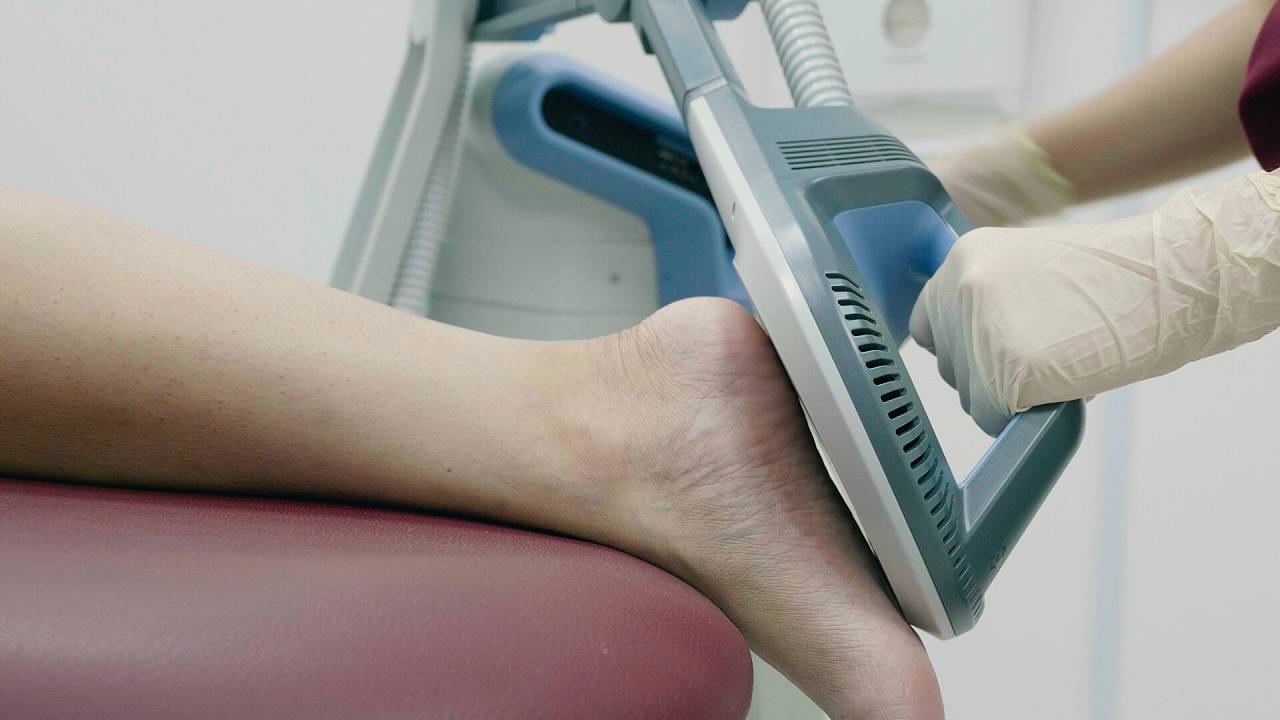
Extracorporeal Magnetotransduction Therapy (EMTT) and Super-Inductive therapy (SIS) are different forms of electromagnetic therapy used for reducing pain, swelling or degeneration while being extremely comfortable. These therapies help vastly improve function of injured joints and muscles.
Shockwave therapy, EMTT, and SIS can be used in tandem with prescription orthotics for a multi-pronged approach to effectively target the root of the problem and provide added support to ensure a successful recovery.
If you are experiencing ongoing pain in your lower limbs but have yet to seek medical help, your podiatrist can perform an initial assessment to obtain an accurate diagnosis and formulate a care plan for you. Be advised that delaying attention can result in permanent foot deformities or added complications. Therefore, obtaining an early diagnosis is key to the maintenance and cure of foot problems for any arch type.




